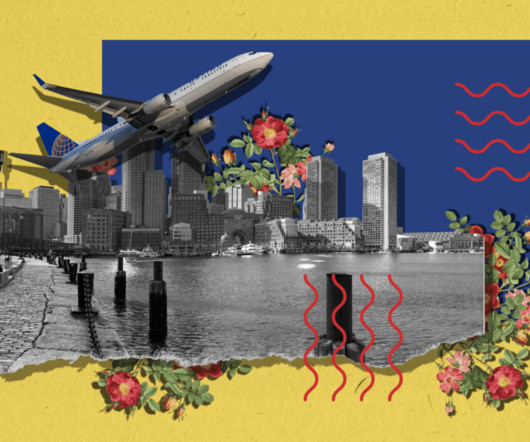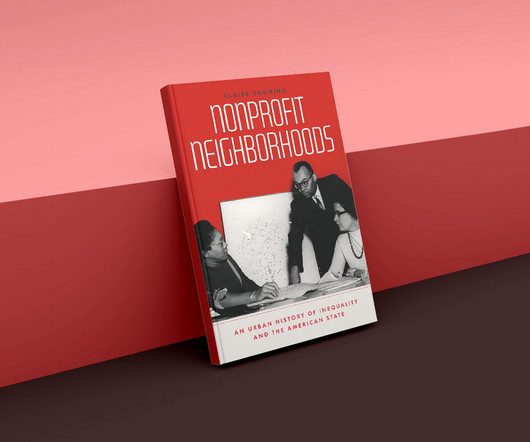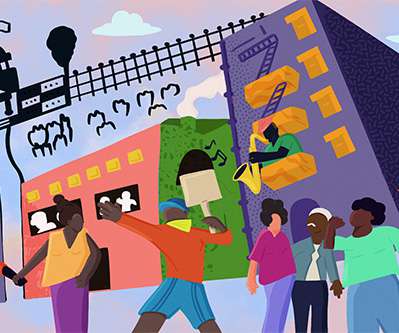How to Eliminate the Myth of Meritocracy and Build the World We Deserve
NonProfit Quarterly
MARCH 13, 2024
The false belief that a person can leverage hard work and talent to pull themselves and their family out of poverty should they only try is a pervasive story that has shaped our culture and laws. The best antipoverty program is still a job,” Clinton asserted as he signed the bill into law.




















Let's personalize your content